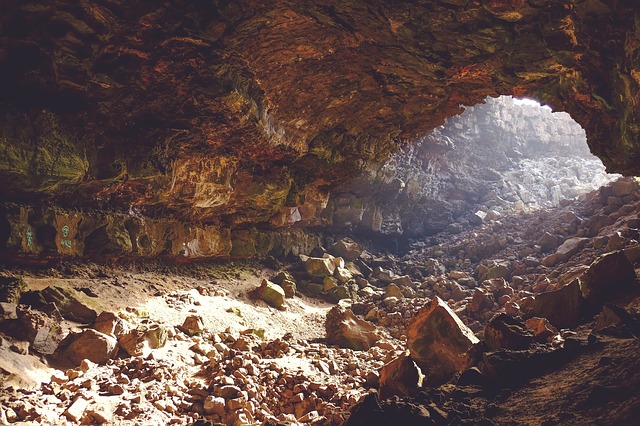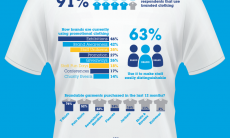In my last post, I recalled my experience in 1990s Brazil and how the technological progress in the workforce shaped my comprehension of our digital reality.
To some extent, the contrast between the real digital world and the digital employee experience in large enterprises resembles the Allegory of the Cave presented by Greek philosopher Plato, in his work Republic, written more than 2,500 years ago:
Plato has Socrates describe a group of people who have lived chained to the wall of a cave all of their lives, facing a blank wall. The people watch shadows projected on the wall from objects passing in front of a fire behind them, and give names to these shadows. The shadows are the prisoners’ reality. Socrates explains how the philosopher is like a prisoner who is freed from the cave and comes to understand that the shadows on the wall are not reality at all, for he can perceive the true form of reality rather than the manufactured reality that is the shadows seen by the prisoners. The inmates of this place do not even desire to leave their prison; for they know no better life. The prisoners manage to break their bonds one day, and discover that their reality was not what they thought it was. They discovered the sun, which Plato uses as an analogy for the fire that man cannot see behind. Like the fire that cast light on the walls of the cave, the human condition is forever bound to the impressions that are received through the senses. (Source: Wikipedia)
Much of the workforce in large organization is like prisoners who only see and touch a “manufactured reality,” a poor representation of what is available in the outside world, mere shadows of what a full digital experience should be. Enterprise search, enterprise collaboration, enterprise social networking, enterprise mobile, and enterprise cloud are often lesser versions of Google Search, Google Docs, Facebook, Twitter, YouTube, Instagram, and a myriad of other products and services we use every day outside the office.
We often blame regulations, lawyers, governments, vendors and the like to justify that gap. At the end of the day, this is an unsustainable situation that must be addressed urgently for organizations who want to remain competitive in the long run. Whatever historical, technological, or cultural factors shaped our status quo, they are not unsurmountable: it’s up to us to wake up and leave the cave. Naturally, this is not an easy or short process. This is how Plato described the departure of the cave by a prisoner:
Slowly, his eyes adjust to the light of the sun. First he can only see shadows. Gradually he can see the reflections of people and things in water and then later see the people and things themselves. Eventually, he is able to look at the stars and moon at night until finally he can look upon the sun itself. Only after he can look straight at the sun is he able to reason about it and what it is.
I’m an incurable optimist by nature, and fully believe many organizations will make a full transition to digital in a not-so-distant future. Last time I was in Brazil, I saw modern ATMs that dispense services without the need of a bank card or PINs (relying on biometric scans instead), a widespread adoption of smartphones and digital services by sectors of the population who were historically denied any level of digital inclusion, and encouraging signs of a vibrant tech startup scene, despite all the local political instability you read about in the news every day. According to some research firms, Brazil is the 7th country in the world in Internet usage, has almost 90%+ of its connected users using services like WhatsApp or Facebook Messenger, and about 30% using Twitter. The China example is even more dramatic, leapfrogging through the technology landscape with a hunger and a sense of urgency rarely seen in history. If such large countries were able to move away from lethargic starts in their respective digital revolutions to make such inroads to the future, I’m confident we’ll soon be seeing many of today’s digital enterprise laggards leaving their analog caves to stare at the bright digital sun.






